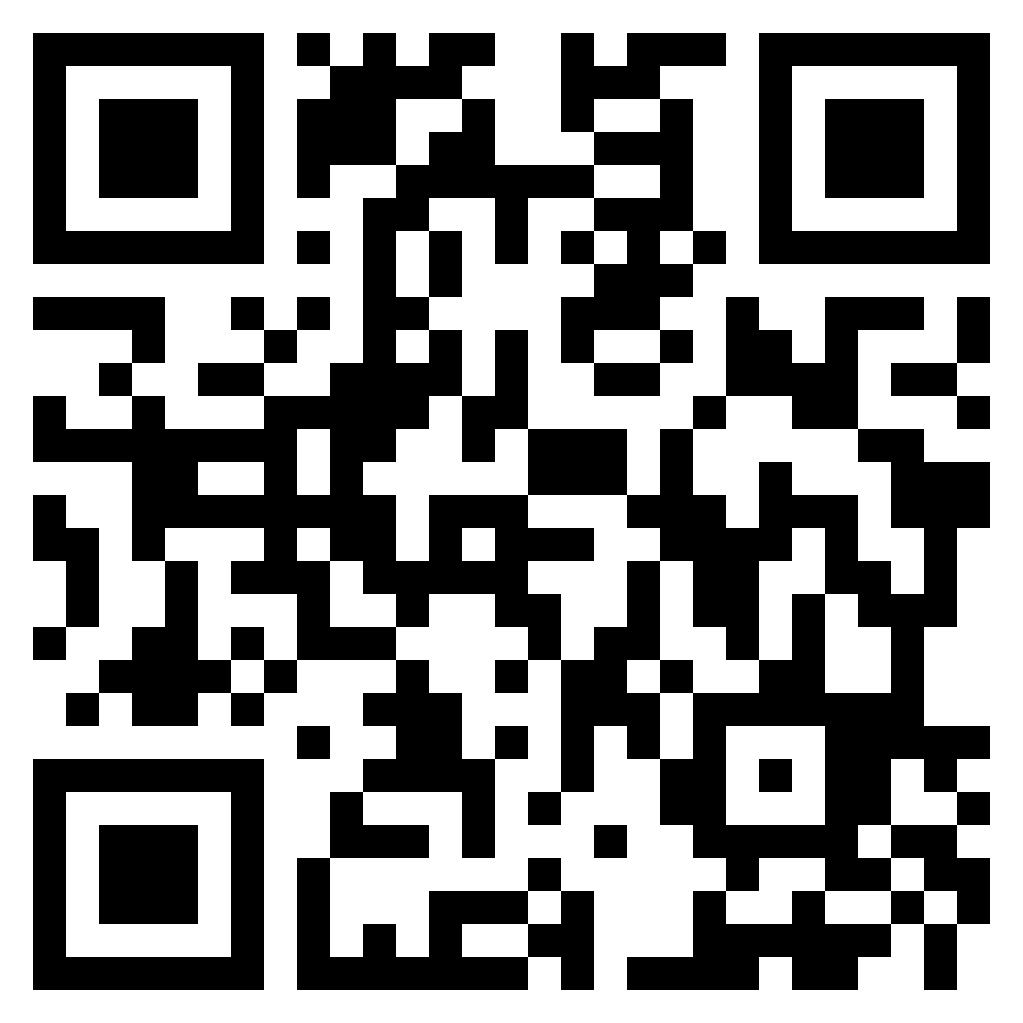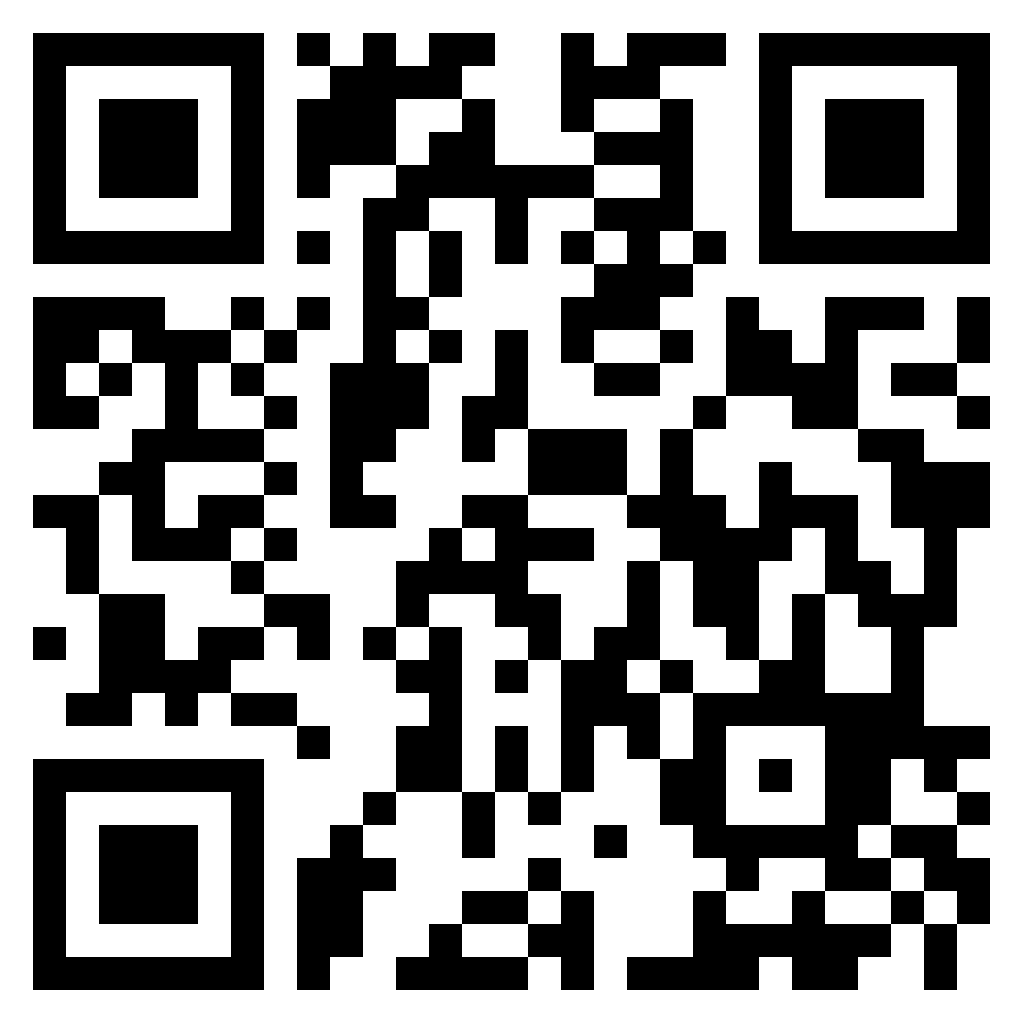Book as a Representation Medium of the Author’s Ideology
DOI:
https://doi.org/10.46961/mediasi.v2i1.252Keywords:
Books, The Authors’ Ideologies, Publisher, Publishing Media, Representation,Abstract
The texts written by the authors have had a tremendous influence on human civilization. The book was used as a control tool for royal power institutions by creating rules through language discourse. This study intends to analyze the media of books to represent the authors’ ideologies. The method used in this research is descriptive qualitative by conducting analyses through literature studies and representation approach. This study indicates that writing a book represents and forms its identity. The authors make writing in the form of messages on book by using language to explore knowledge and find information that is different from the ideological ideas. Each writer’s ideology emphasizes his efforts to create a thought system through symbolic practices structured by messages in written text. It will then affect the provision of knowledge or information to readers. Not only that, but publishers also took part in determining messages in the book. Publishers have many interests. The interests are various, including political, economic, and religious interests. The contention between book publishers’ policies and theideology of writers ended with the emergence of the decision to publish a written text as a symbol that reflects the author’s ideology.
References
Alo, L. (2015). Komunikasi Antar Personal. Jakarta: Kencana Prenadamedia Group.
Baran, S. J. (2019). Introduction to Mass Communication: Media Literacy and Culture. Tenth Edition. New York: McGraw-Hill Education.
Briggs, A. & Peter B. (2006). Sejarah Sosial Media “Dari Gutenberg sampai Internetâ€. Jakarta: Yayasan Obor Indonesia.
Creswell, J.W. (1998). Qualitative Inquiry and Research Design: Choosing amongFive Tradition. London: Sage Publications.
Danesi, M. (2010). Semiotika Media (terjemahan). Yogyakarta: Jalasutra.
Escarpit, R. (1966). The Book Revolution. London. George Harrap, Unesco.
Fidler, R. (2003). Metamorfosis: Memahami Media Baru. Yogyakarta: Bentang Budaya.
Fiske, J. (1990). Cultural and Communication Studies: Sebuah Pengantar Paling Komprehensif. Yogyakarta: Jalasutra
Gie, T. L. (1992). Pengantar Dunia Karang Mengarang. Yogyakarta: Liberty.
Hall, S. (1997). Representation: Cultural Representations dan Signifying Practices. London: Sage Publications.
Hall, S. (2005). Representation: Cultural Representation and Signifying Practices. Ed. Stuart Hall, Sage Publication: London.
Ibrahim, I. S. & Bachrudin, A. A. Ali (2014). Komunikasi dan Komodifikasi: Mengkaji Media dan Budaya dalam Dinamika Globalisasi. Jakarta: Yayasan Pustaka Obor Indonesia.
Ignas K. (1999). Buku di Indonesia: Perspektif Ekonomi Tentang Kebudayaan dalam Buku dalam Indonesia Baru, (Alfon Taryadi-ed.). Jakarta, 1999, hlm. 22.
Littlejohn, S. W. & Karen A. Foss. (2009). Teori Komunikasi, Edisi 9. Jakarta: Salemba Humanika.
Mc Quail, D. (2011). Teori Komunikasi Massa (Buku 6 Edisi 2). Salemba Humanika: Jakarta.
McLuhan, M. (1964). Understanding Media: The Extensions of Man, New York: McGraw-Hill.
Rakhmat, J. (1984). Metode Penelitian Komunikasi. Bandung: Penerbit Remaja Rosdakarya.
Rusadi, U. (2015). Kajian Media Isu Ideologis dalam Perspektif, Teori, dan Metode. Jakarta: Rajawali Pers.
Scheder, G. (1976). Perihal Cetak Mencetak. Yogyakarta: Pusat Grafika Indonesia.
Sobur, A. (2004). Analisis Teks Media. Bandung: Remaja Rosdakarya.
Sobur, A. (2004). Semiotika Komunikasi. Bandung: Remaja Rosdakarya.
Suratni, S. (2019). Upaya Program Studi Penerbitan dalam Mengangkat Kearifan Lokal di Indonesia melalui Buku. METACOMMUNICATION; Journal of Cummunication Studies Vol 4 No 1 (2019) DOI: http://dx.doi.org/10.20527/mc.v4i1.6351
Taryadi, A. (ed.). (1999). Buku dalam Indonesia Baru. Jakarta: Yayasan Obor Indonesia.
Thompson, J. B. (1984). Studies in the Theory of Ideology. Berkeley: The University of California Press.
Thompson, J. B. (2004). Kritik Ideologi Global Teori Sosial Kritis tentang Relasi Ideologi dan Komunikasi Massa. Yogyakarta: Ircisod.
Downloads
Published
How to Cite
Issue
Section
Citation Check
License
You are free to:
- Share — copy and redistribute the material in any medium or format
- Adapt — remix, transform, and build upon the material
- The licensor cannot revoke these freedoms as long as you follow the license terms.
Under the following terms: Attribution; NonCommercial; and no additional restrictions.













